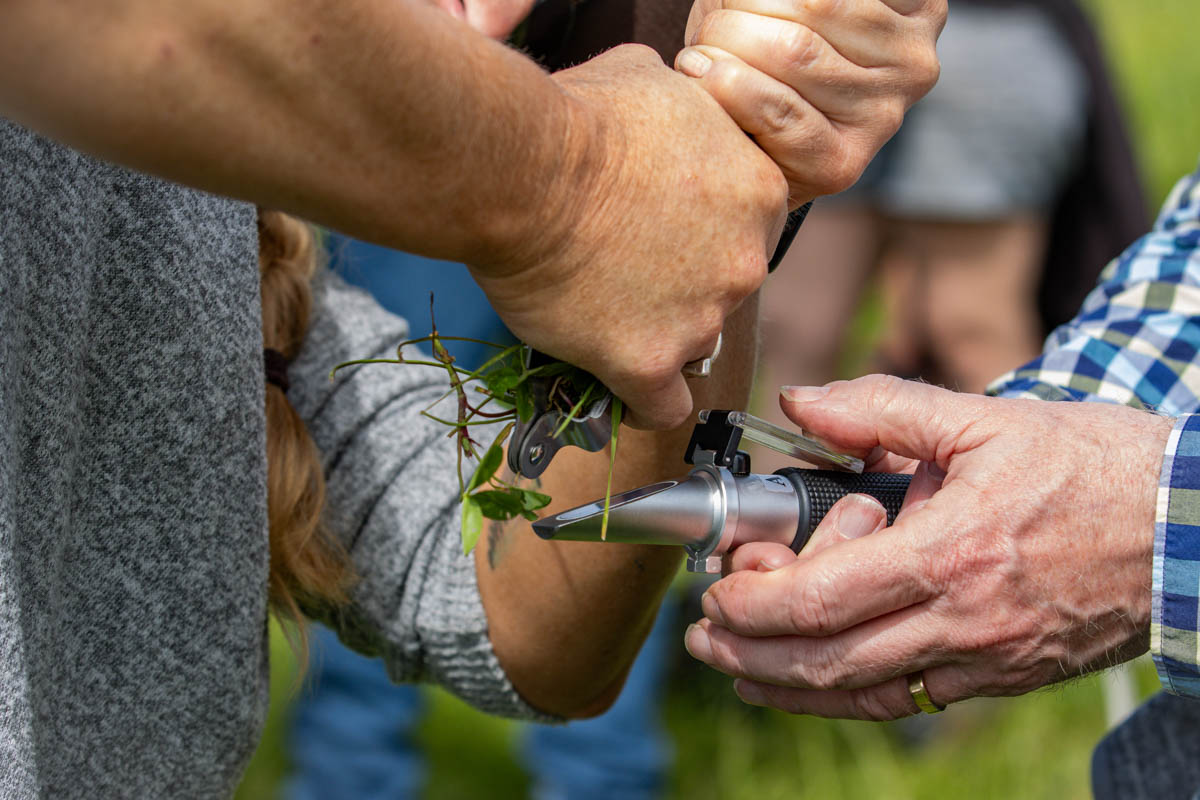Sheryl Haitana
While New Zealand farmers are feeling swamped by environmental policies and regulation onfarm, a group of farmers and dairy industry representatives from Tasmania with limited regulation are taking it upon themselves to ensure they’re up to speed with best practice.
A group of 13 from Tasmania, including farmers, effluent designers and contractors and agronomists visited the 2019 Effluent & Environment Expo in November to find out more about the latest in effluent equipment, tools and management.
The industries under the biggest environmental microscope in Tasmania now are salmon farming, followed by forestry.
Dairy is managing to stay under the radar when it comes to environmental pressure, but the industry wants to ensure farmers are well placed going forward.
“We just really want to be on the front foot. There is always room for improvement and that’s part of the reason we’ve come over,” DairyTas sustainable dairy advisor contractor Rachel Brown says.
While there is currently no legislation for Tasmanian farmers to fence off waterways, Tasmanian dairy farmers have been undertaking “Cows out of Creeks” projects as part of the voluntary Clean Rivers programme run by DairyTas.
“While we don’t have the regulations, we have been trying with environmental improvements, looking to NZ for a lot of what we need to focus on. Our Clean Rivers programme has essentially been built on trying to improve practices, but avoiding the excessive and expensive regulation that is occurring in NZ.”
Effluent is a particular challenge; the Effluent Code of Practice is a one-page document and its enforcement is inconsistent across the 400 farms on the island.
“Consistency is important. I would like to see more consistency of enforcing our Code of Practice on our farms,” she says.
For Tasmania, with only 400 farmers, it makes sense for environmental best practice to be farmer-led, she says.
“It doesn’t make sense for us to have a big regulatory system, it would be vastly too expense for our small taxpayer base.
“We’ve certainly never gone down the Overseer model, we’ve gone for the Fert$mart (http://fertsmart.dairyingfortomorrow.com.au/) approach; right product, right rate, right time, right place.
“That is one good thing Australia has done is we haven’t committed ourselves to a model that has become a regulatory tool.”
The limits are always financial, she says.
“Everyone is certainly cutting back, no one is just chucking on fert. There are limits.”
It is better value for money to invest in extension rather than the cost of enforcing limits through regulatory means, she believes.
“I think it’s the right approach for the size of 400 farms.”
NZ has a very similar environment to Tasmania and makes it an ideal place to learn from, she says.
“Coming here is getting a global perspective, in a landscape that is similar to us with similar issues. For Tasmanians, it is more relevant coming to NZ than to mainland Australia, where the drought issues there are putting a very different focus on things. And we’ve got to see the new technologies and progress commercial relationships.”
During their tour they talked to NZ farmers and industry representatives and the discussion and the spectrum of views from farmers around all dairy industry issues is exactly the same, Rachel says.
Dairy is still a significant contributor to the Tasmanian economy and opportunities look good for the industry at the moment.
The average herd size in Tasmania is 430 cows producing 178,000kg milksolids, 80% of dairy farms are irrigated and most farms feed grain through the farm dairy.





